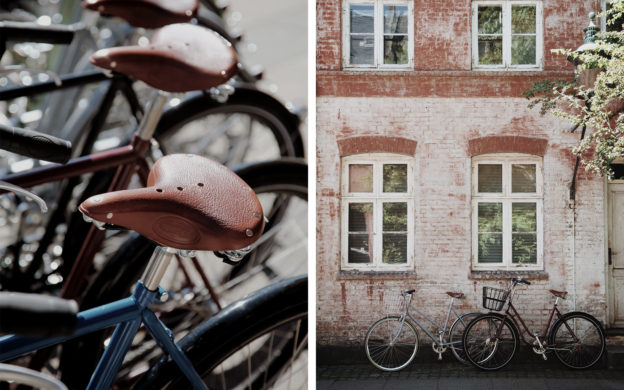Do you want to know how to buy a bike without feeling like you’re (sorry in advance) getting taken for a ride? It’s not as complicated as it seems! From deciding what kind of bike to buy to which bike accessories you need, getting your cycle gear together can be easy if you know the right questions to ask.
We spoke with bike mechanic and cycle expert Tobias, the manager at Saxil Cykler in Copenhagen, to get his top tips for how to buy a bicycle without the stress.
What to know before going into the bike store
Before you even set food in a bike store, do your homework. Searching for cycle shops in your area is a good idea, but your best bet is talking to friends who cycle and asking for their recommendations, if possible.
“You want to find a shop where you feel comfortable with the mechanics, where it’s easy for you to get to, and where you’re happy to go back when you need to,” says Tobias. “You always want to feel as though they’re not just trying to sell, sell, sell,” he explains, “because then you won’t trust what they’re telling you. We want to get people the best bike, not just any bike, so we don’t jump on people the second they get into the shop.”
The Saxil Cykler shop’s atmosphere is professional but relaxed; the mechanics in the shop really know what they’re doing, but don’t talk down to you. They’re also not always trying to up-sell you. Instead, they ask questions and actually listen to what you need.
Make sure that when you go into a few shops and check out the vibe before you decide to buy a bike. “Make sure you gel with the mechanics; they’re the ones you’ll be working with!” explains Tobias. As for buying a bike online? “I don’t recommend it,” Tobias warns, “if you haven’t tried the bike in-person first. That’s a big gamble and there’s no way to ensure the quality.”
 |
 |
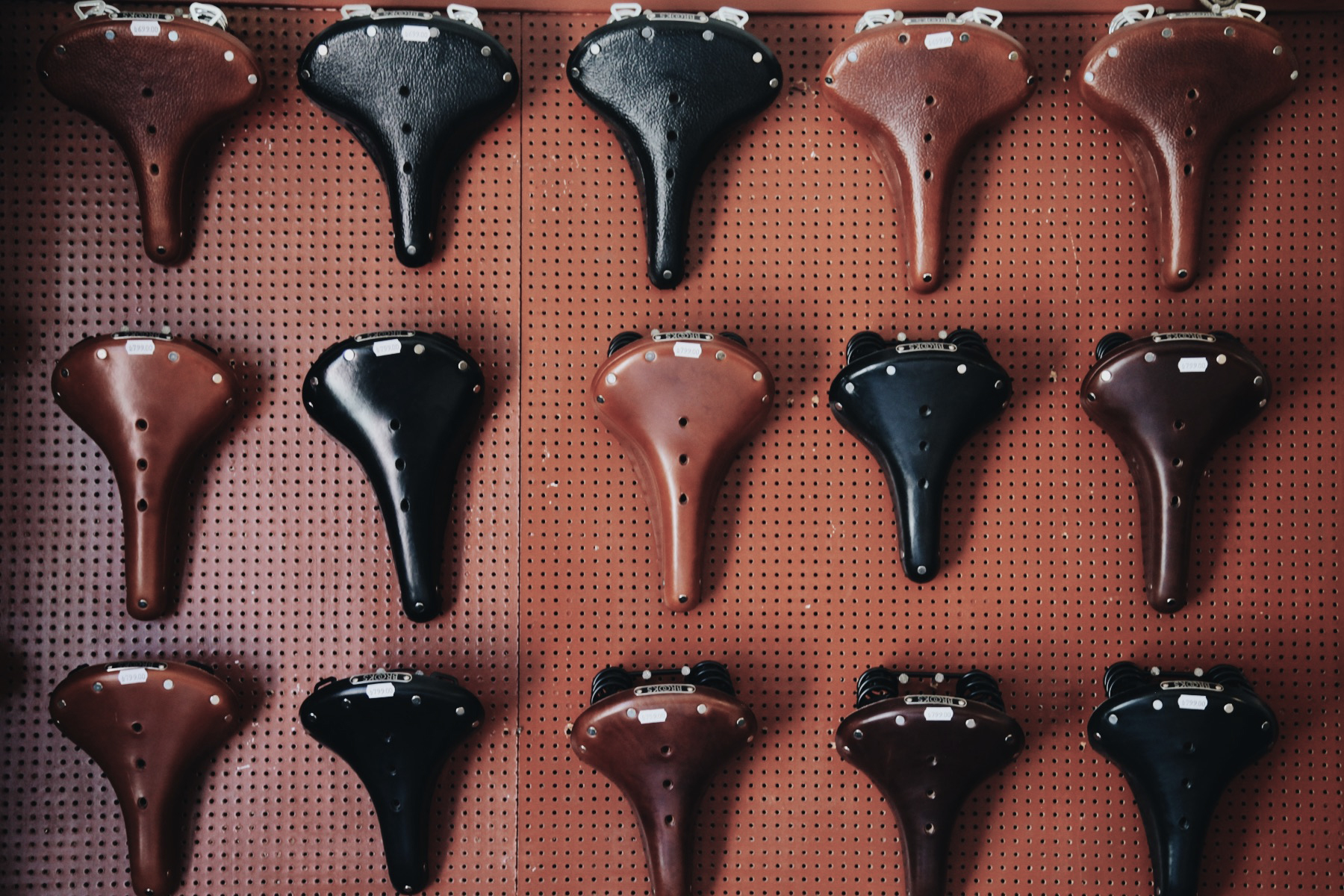 |
|
Questions to ask yourself before you buy a bike
Tobias says, “the most important question is: what am I going to use this bike for? That will let you know what you need.”
Questions to ask yourself include:
– Will you be riding in the city only?
– How long are the distances you plan to ride regularly?
– Will you be riding on paved road only?
– Will you be riding up and down hills regularly?
– How much do you plan to carry on your bike regularly?
– Will you need a child’s seat?
– Where will you store your bike, and will you have to carry it up and down stairs regularly?
These questions are important because they’ll indicate both the type of bike and material you should choose. For example, if you’ll only be riding short distances in the city, a city bike or fixie could be right for you.
There are three types of bike frames: steel, aluminium, and carbon. Carbon frames are the lightest and also get damaged most easily. Carbon bikes are by far the most expensive type, and are only recommended if you need a racing cycle.
Steel frames are the heaviest, sturdiest, and have a high transfer of energy from your foot to the bike itself (although carbon bikes have the highest energy transfer). Steel frames are recommended for city bikes; they’re best when you won’t be going long distances or covering many hills, but need a trusty bike that won’t be easily damaged.
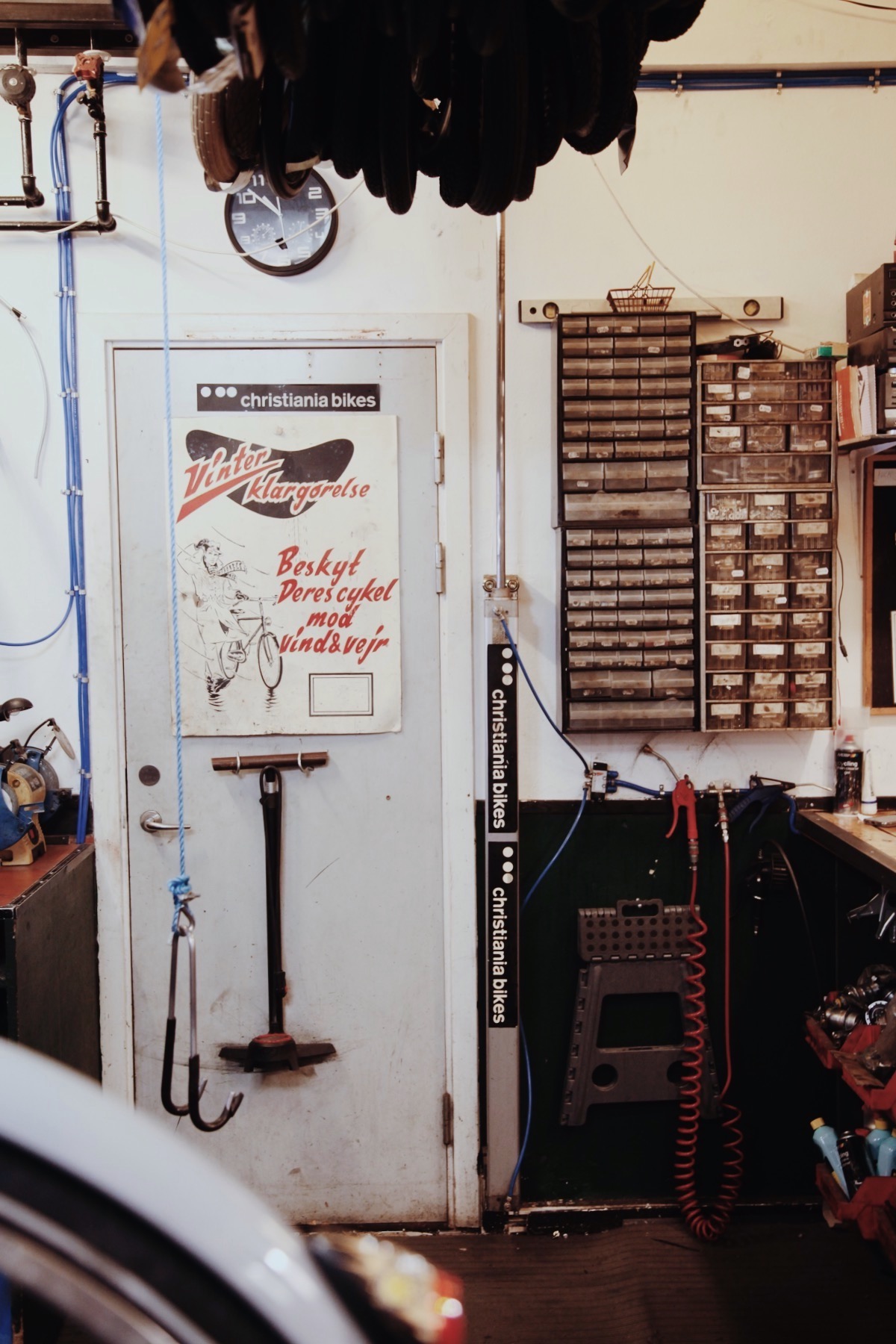 |
 |
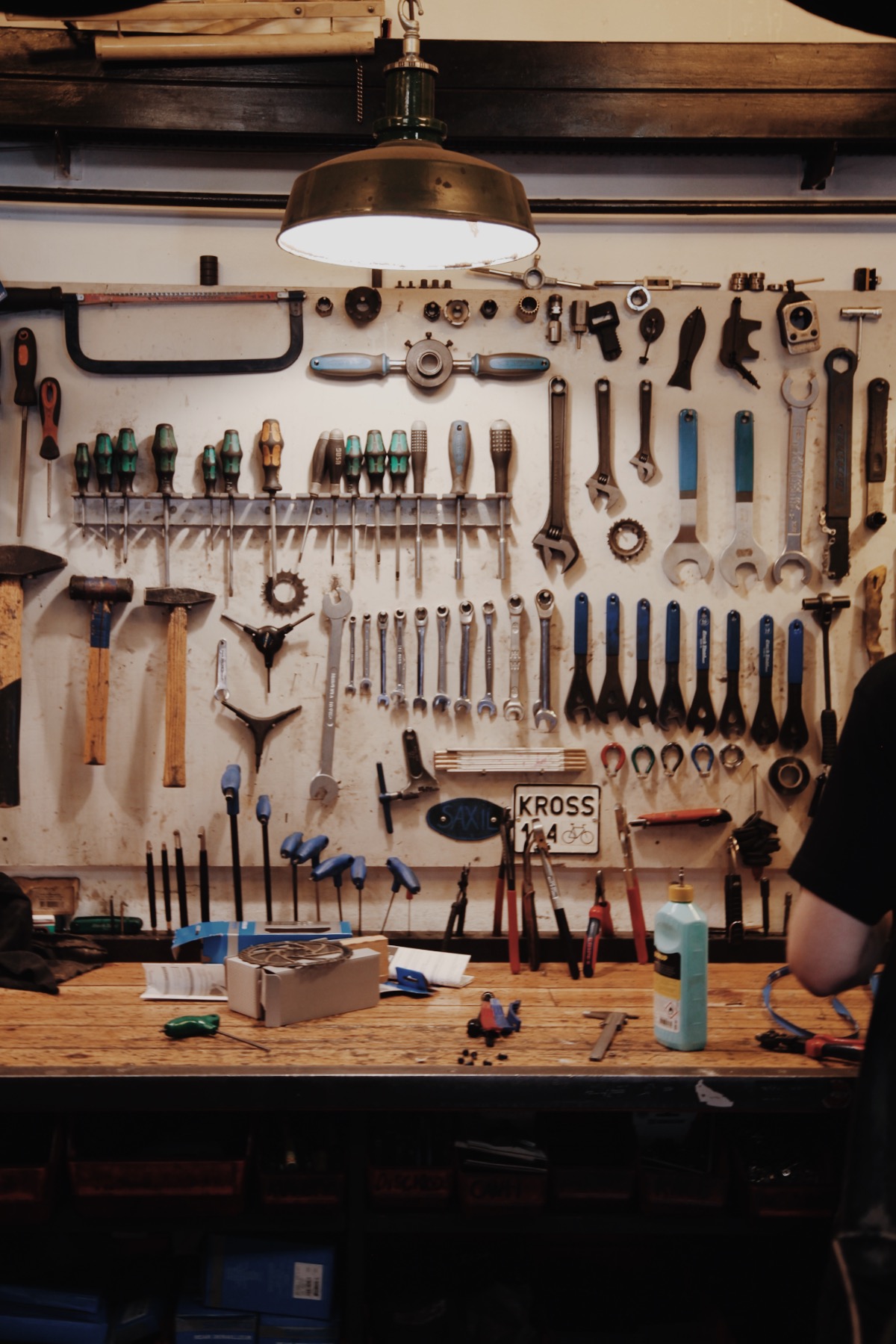 |
 |
Aluminum frames fall in the middle; they’re a bit lighter than steel, so if you have a long commute by bike, they’re ideal.
All bike frames are weather sensitive; steel is the least sensitive and carbon is the most sensitive. If you can, keep your bike inside or under a covering so that it won’t be affected by rain, snow, or extreme cold.
By talking through the questions above, your bike mechanic will be able to point you in the right direction.
You’ve chosen your bike! Now what?
Hurray! Welcome to the wild world of cyclists. Once you’ve chosen the right type of bike, the most important thing to to road-test it. “We recommend that people take a 5 – 10 minute ride, at least,” Tobias explains, “because that’s about how long it will take you to see if the bike feels right for you. Pay attention to how much energy you’re putting into the bike and if that feels natural, and also how smooth the ride is.”
You may be tempted to just ride up the road for 30 second, but Tobias recommends taking longer than you think you’ll need. “We see people who jump on the bike for half a minute and make a decision. I always tell them to ride a bit longer!”
Remember to bring a picture ID when you’re planning to test a bike, as you’ll have to leave one at the front desk before taking the bike.
How much should a bike cost?
Although there are bikes available at almost every price range, Tobias warns against getting one that’s too cheap. “If you’re going to be riding your bike every day, you need it to be high quality,” Tobias says. He explains that it’s hard to find a new bicycle that’s well-made and comes with any kind of guarantee, for less than 4.000 – 5.000 DKK (600 USD/535 EUR – 750 USD/670 EUR, but usually these prices would be lower due to additional 25% tax in Denmark).
“When the prices get much lower than that, the quality is going to be compromised somewhere along the line,” Tobias explains.
 |
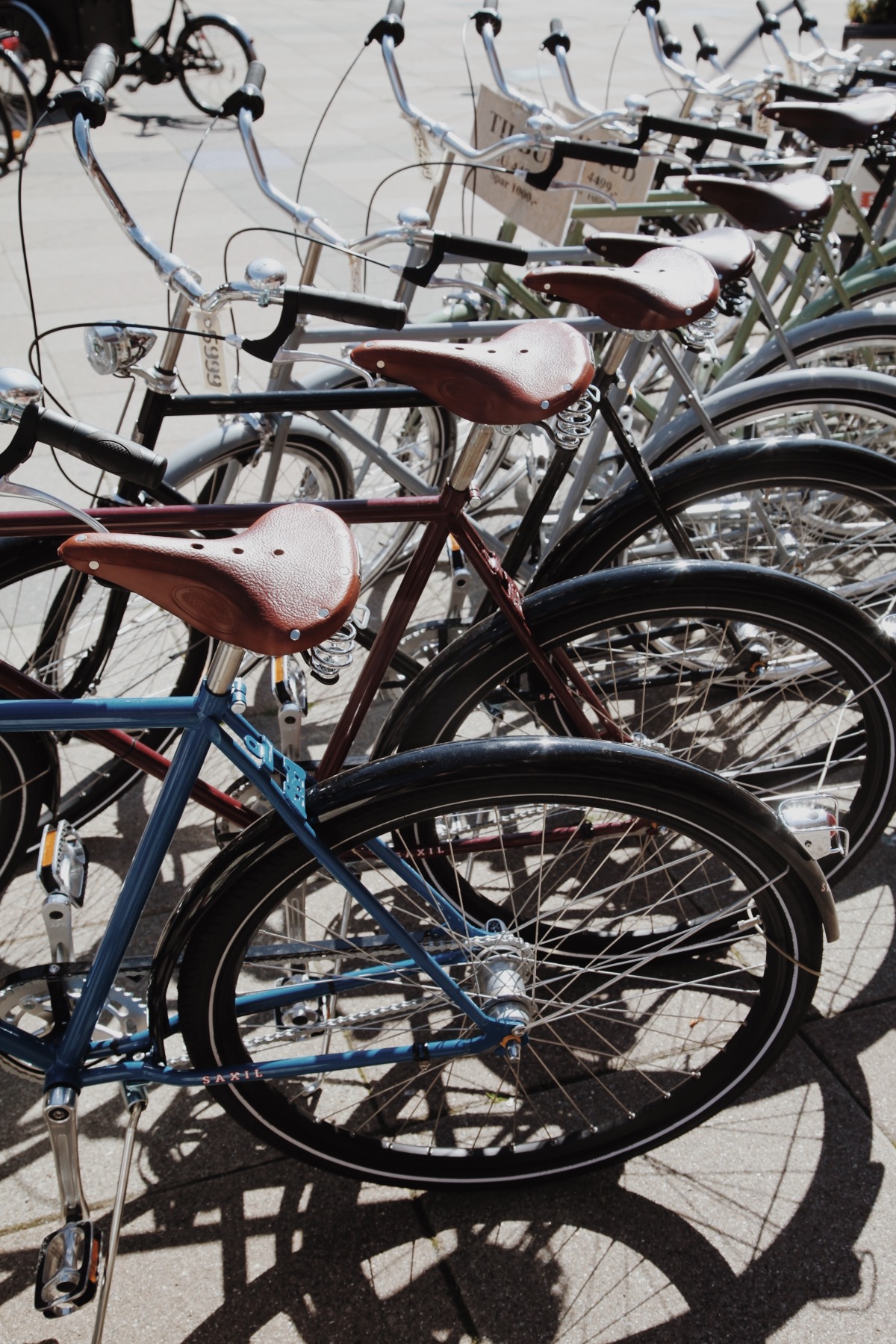 |
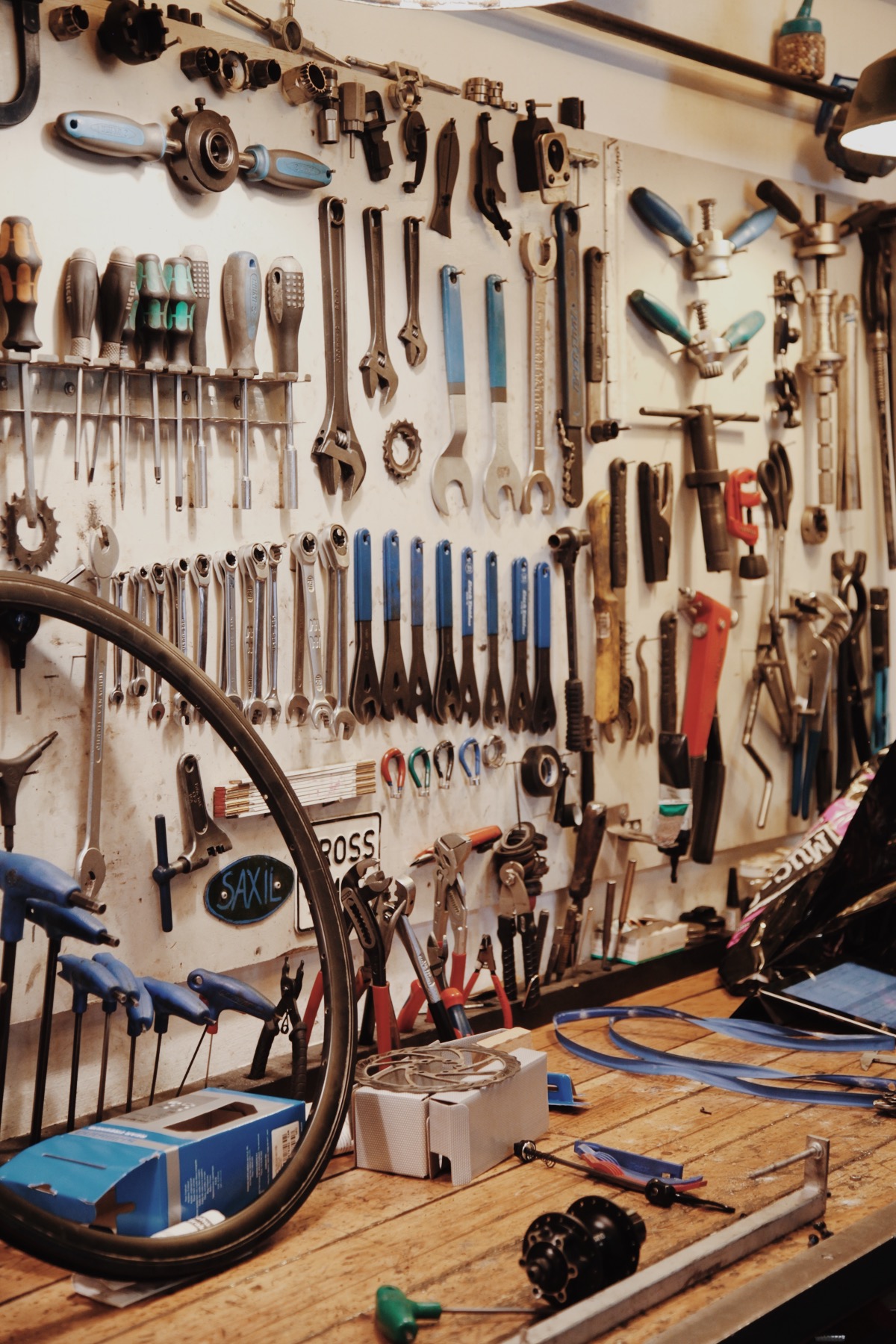 |
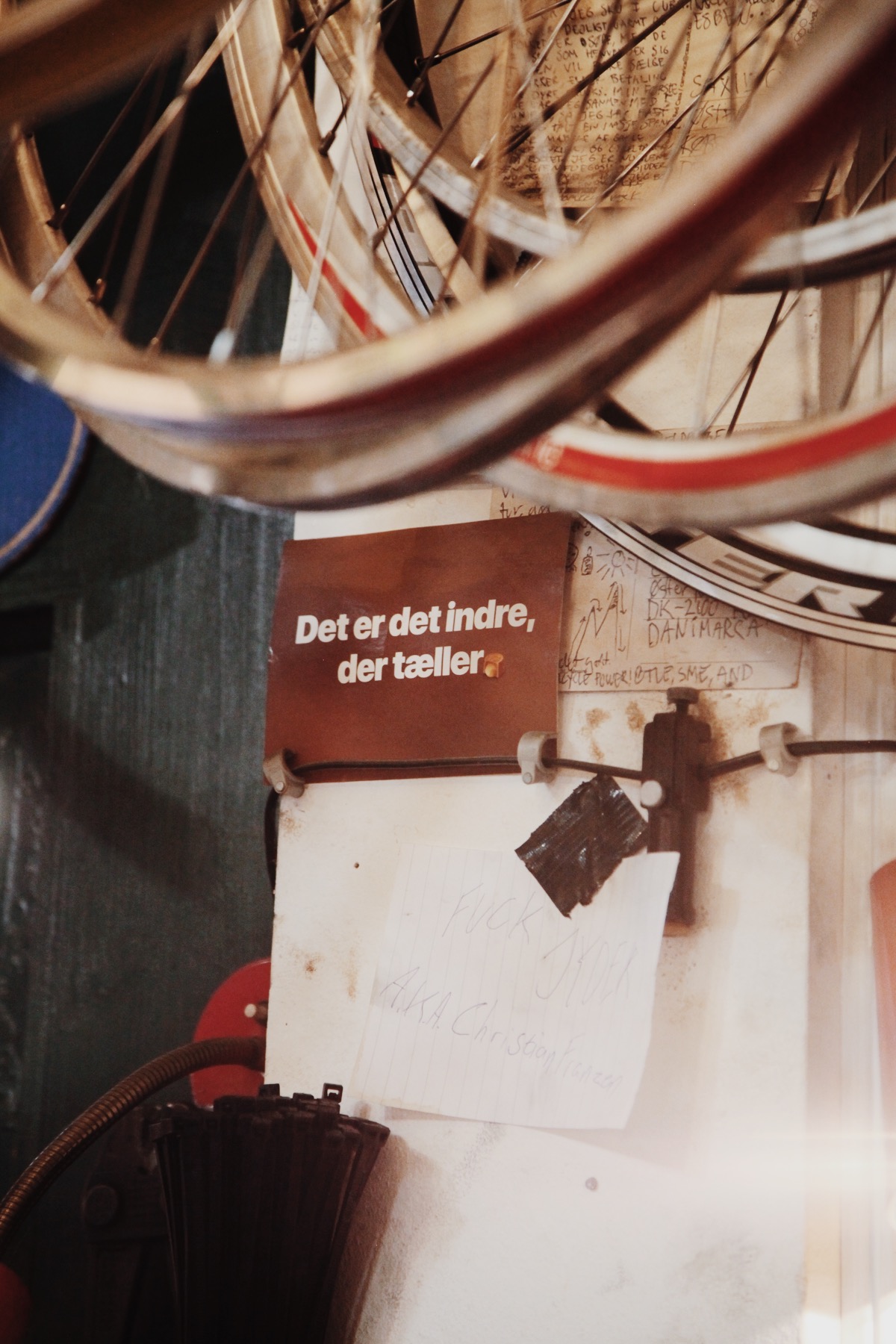 |
How often should you get your bike maintained?
Saxil Cykler offers a three month check-in for all customers, and Tobias notes that it’s extremely important to get your bike checked at that time. “Some parts of a bike are put together by hand, and others by machine. The machine-assembled parts will respond to the way that you cycle and may loosen, so that’s why you need to come in and have everything adjusted so it suits your personal cycling patterns,” Tobias says.
Once you’ve had your three month check in, you only need to get your bike maintained as needed. In between, take care of it! Clean your bike, keep an eye out for signs of rust, and keep it indoors or out of harsh weather as much as possible. And if you have questions, make sure you have the number of your local bike mechanic – preferably one working where you bought your bike so they know the make and model well.
Bike accessories to consider
Should I buy a bike helmet?
While there’s a lot of debate over whether cycle helmets are necessary in cycle-friendly cities like Copenhagen, we recommend them. You simply never know what can happen, and even when biking in a city like Copenhagen or Amsterdam, you’ll be sharing the road with vehicles that are much stronger and faster than you can ever be on a bicycle. You only get one head; be careful with it!
We recommend:

Hövding
This “airbag for urban cyclists” sits around your neck and only opens if you fall. The airbag has sensors that react to specific neck motions indicating a crash. Some people find these more pleasant to wear than conventional helmets. The only downside is that the Hövding is single use – once the airbag is released, you’ll have to get a new one.

Abus Aven-U
A lightweight, skater-style helmet that’s easy to wear, doesn’t sit too heavy on the head, and has air vents for hotter days. Simple but highly functional!
What are the best bike lights?
It’s essential to have both front and back bicycle lights for when it’s dark, or even when it’s overcast or foggy. If you want lights that stay on your bike and last for a long time, magnetic lights are the way to go. They can be attached to your bike by your mechanic (or you can do it yourself); then you’ll never have to worry about whether you have bicycle lights in your bag.
We recommend:

Magnetic lights
Bike baskets and bike racks
If you think you’ll need to hold your handbag, groceries, or any other number of things while you cycle, a basket and/or rack is invaluable. Baskets are the most secure, but often can’t hold larger items. A rack in the front or back can have a bungee cord or belt attached so it can hold almost anything. Our perfect situation? A basket in the front and a rack in the back.
If you plan on having a pet travel with you on your bike, there are special baskets to keep your furry friends safe.
We recommend:

Front cycle baskets

Back racks & baskets
Ding ding! Get the bike bell
Should you get a bicycle bell? Of course! They’re essential for letting others know that you’re coming up behind them, or that they’re getting a bit too close to you. Also an extremely cute way to trick people into thinking the ice cream truck is coming.
We recommend:

Bicycle bells
Saxil Cykler produces their own high-quality bicycles, has a workshop for maintaining and fixing bikes, and sell a number of great accessories. We highly recommend them as a top choice for buying a bike if you’re in Copenhagen.

Visit Saxil Cykler
Østerfælled Torv 19
2100 København Ø
Opening Hours:
Mon – Fri 9:00 am – 6:00 pm
Sat 10:00 am – 2:00 pm
Sun Closed
Learn the history of Saxil Cykler and see their bikes.
Heads up! This post contains affiliate links. Don’t worry, the commission we make comes at no additional cost to you. For more information on our affiliate program, please see our Disclosure Policy.

